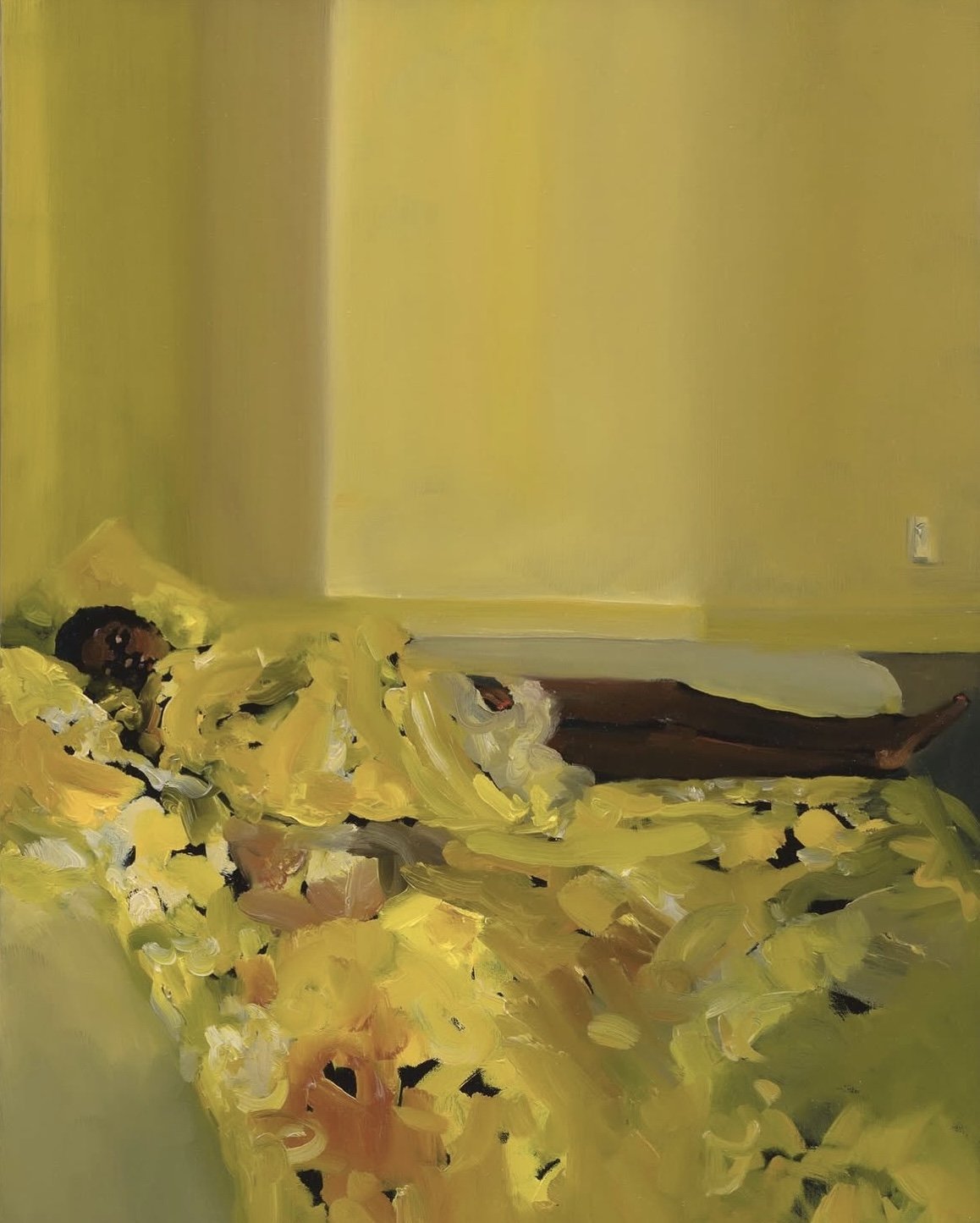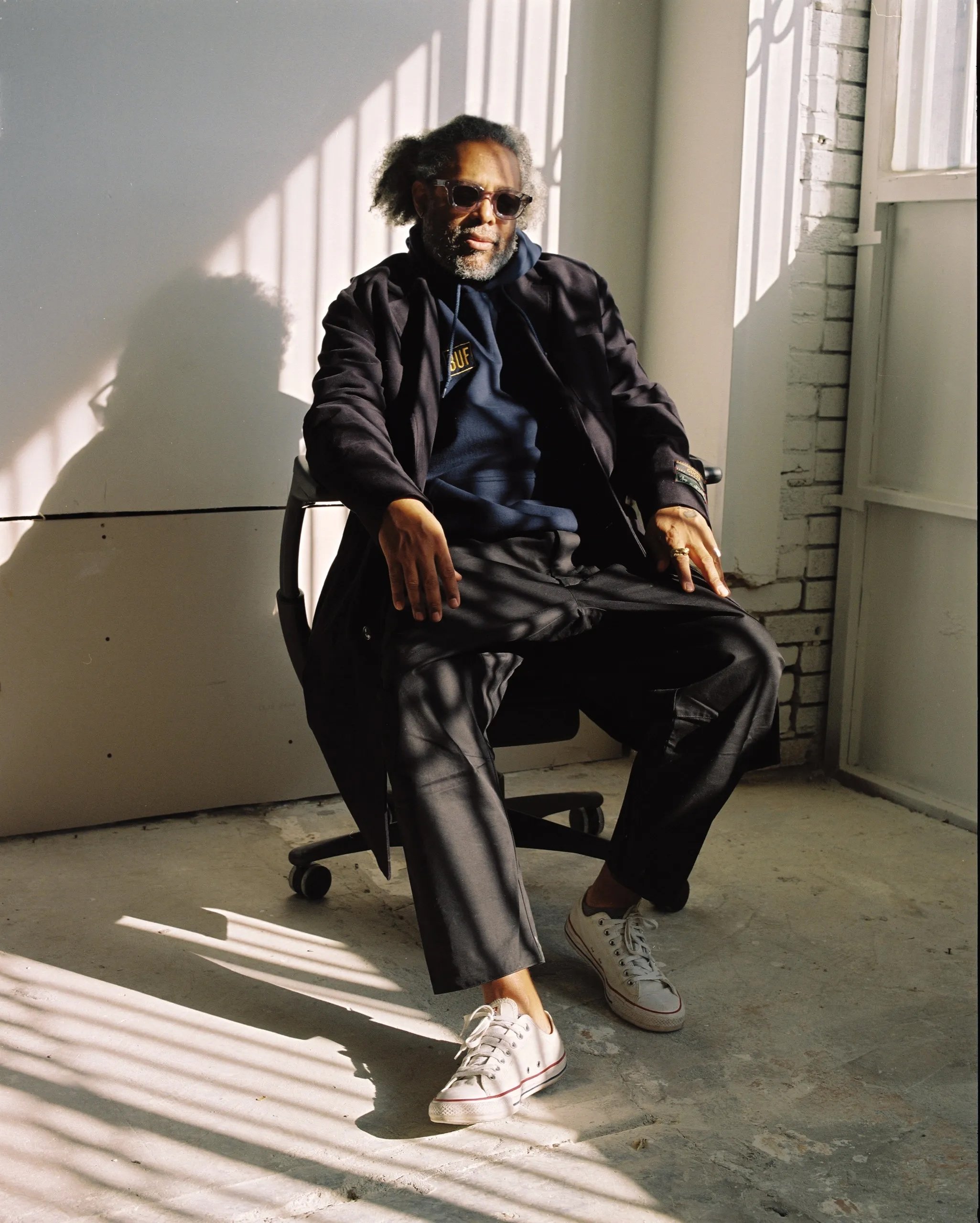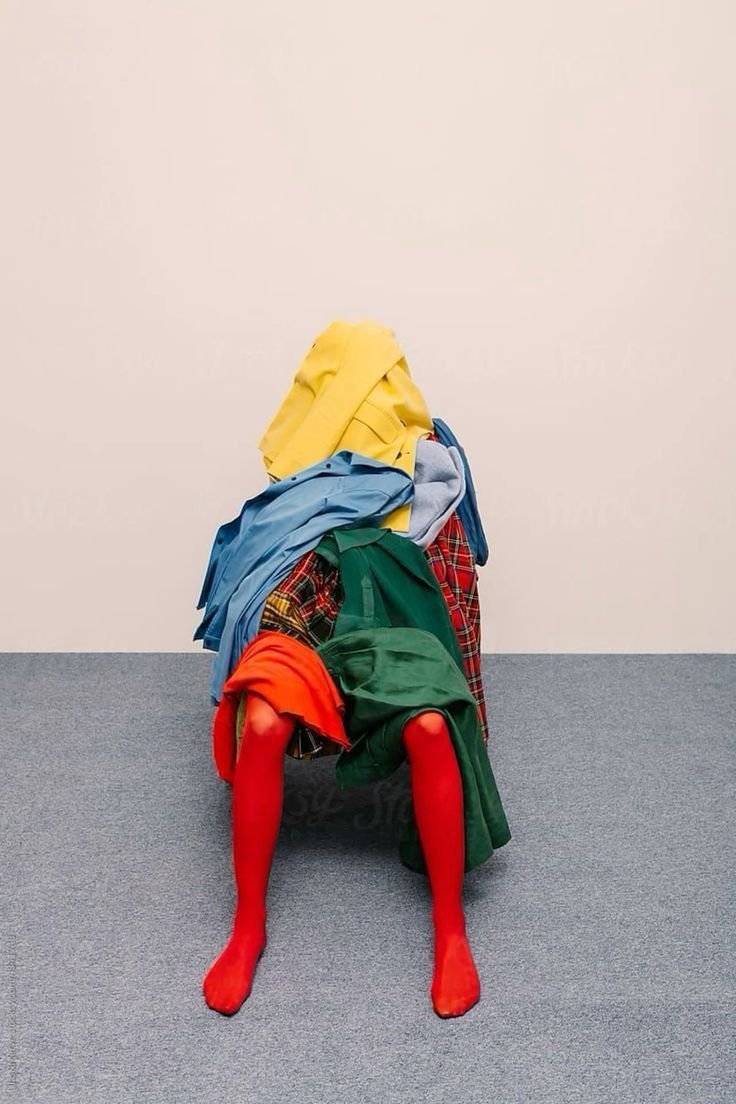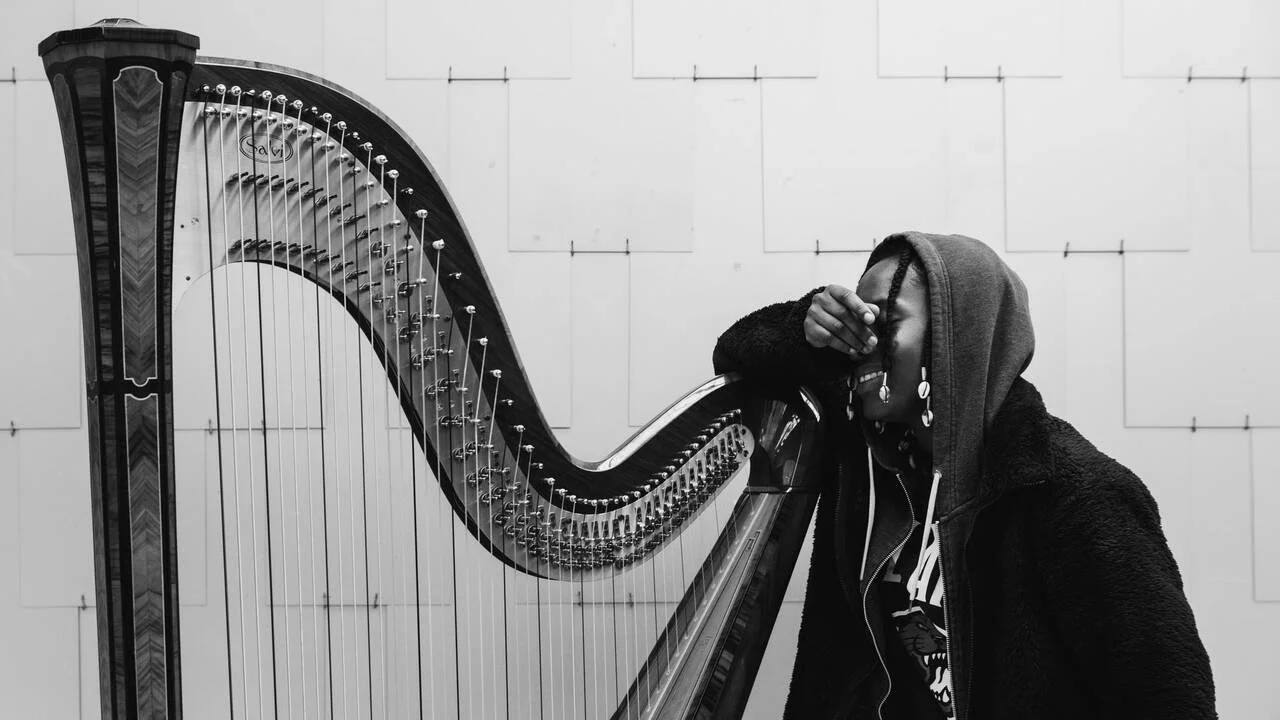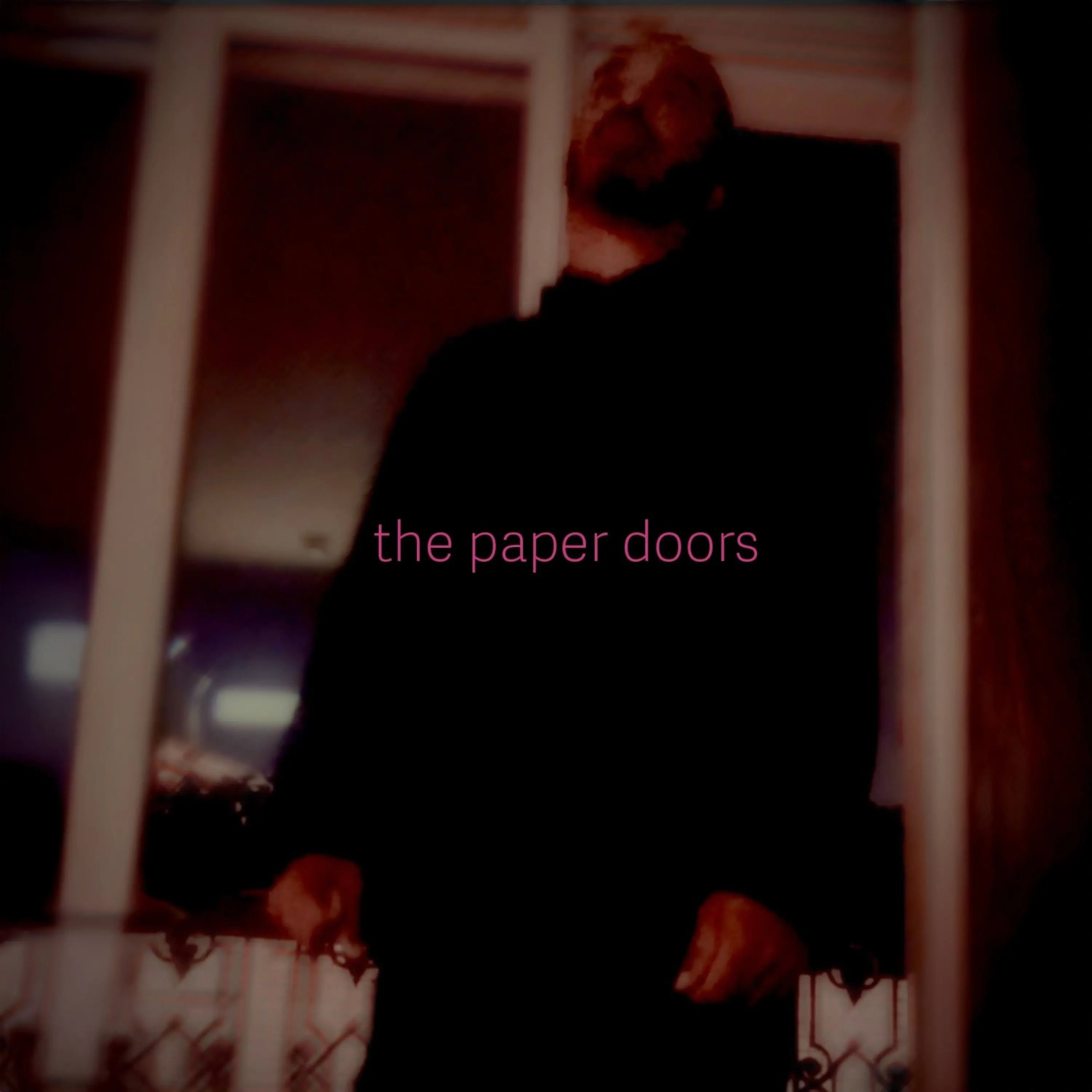Arthur Jafa, Visionary: Why French Art has Everything to Gain by Embracing Him
Arthur Jafa is not just one of the most renowned contemporary artists, he’s a shockwave. In 2025, Paris finally turns the spotlight on him with an exhibition at the Bourse de Commerce. The perfect opportunity to dive into his world : raw, political, poetic. A visual revolution that goes far beyond the boundaries of contemporary art.
The Quincy Jones of Visual Art
In just a few years, Arthur Jafa has become one of the most famous contemporary artists, exhibiting in the world’s most prestigious museums, leading galleries, and major international biennials. He has won the most coveted awards—along with the financial recognition that now allows him to create ever more ambitious works.
A prolific artist, Jafa moves fluidly across mediums, from 2D to 3D, crafting life-sized silhouettes of Black Incredible Hulks and monumental installations. Yet, his preferred mode of expression remains the filmic essay. Drawing from a vast repertoire of images and videos, he constructs visual theses by blending YouTube archives, vintage photographs, surveillance footage, and film excerpts.
His exploration of Black identity in the United States has led him to develop a unique cinematic approach, which he calls black visual intonation. Inspired by the musicality of Black speech, this technique relies on irregular editing rhythms and image duplication in pursuit of an unapologetically Black cinema.
Music plays a central role in his work. He draws from musical history to illustrate his ideas on Blackness and collaborates with artists like Solange, Devendra Banhart, and Jay-Z. His videos often foreground music (featuring artists such as Oneohtrix Point Never and Kanye West), reaffirming the power of Black culture through sound as much as image.
A Black Aesthetic in Revolt
Arthur Jafa discusses a video that he found on YouTube — a 1992 gospel performance by the Thomas Whitfield Company. Credit : Scott J. Ross
Born in 1960 in Tupelo, Mississippi—a state still marked by segregation—Arthur Jafa grew up dissecting the images around him. As a child, he would cut out, assemble, and rearrange fragments of magazines, newspaper clippings, and advertisements, creating collages that questioned and redefined the representation of Black culture. This early obsession with images became the cornerstone of his artistic language, which spans film, photography, installation, and editing. His work pulses with the sounds of his childhood—Miles Davis and Jimi Hendrix, slowed down, distorted, transcended. After Love Is the Message, his vocabulary expanded: sculpture, tapestry, painting, sound installation… yet always with the same lightning-fast reappropriation of images, their collision, their reinvention.
Before becoming a defining figure in the contemporary art world, Arthur Jafa worked behind the scenes—an essential but discreet presence in independent cinema and visual culture. He was the cinematographer for Daughters of the Dust (1991), the masterpiece by his former wife, Julie Dash, followed by Crooklyn (Spike Lee) and Selma (Ava DuVernay) in 1994. In the 2010s, he shaped the visuals for Solange’s Don’t Touch My Hair and Cranes in the Sky. He collaborated with Stanley Kubrick on Eyes Wide Shut, co-directed Jay-Z’s 4:44 video, and captured the essence of figures like Malcolm X and Audre Lorde in hypnotic documentaries.
Then, in 2016, Jafa entered another dimension. The Hammer Museum in Los Angeles invited him to exhibit fragments of his vast image collection—a treasure trove amassed over decades, meticulously organized into hundreds of binders. This invitation, part of the Made in L.A. exhibition, followed his filmic essay Dreams Are Colder Than Death, a sweeping meditation weaving together interviews with Black thinkers, visions of infinite space, nocturnal landscapes, and rolling ocean waves, all echoing the razor-sharp silhouettes of Kara Walker.
His archivist impulse took on an even more radical scale with Love Is the Message, the Message Is Death, unveiled at Gavin Brown’s Enterprise in Harlem just days after Donald Trump’s election. A seven-minute-thirty shockwave, pulsed by Kanye West’s Ultralight Beam, it collides news footage, police bodycam recordings, civil rights marches, basketball games, and concerts in a feverish montage—brutal, poetic, visceral. The New York Times called it a Guernica for the digital age. In June 2020, amid the uprisings following the murders of Ahmaud Arbery, Breonna Taylor, George Floyd, and Rayshard Brooks, thirteen museums streamed the work continuously for 48 hours.
A self-portrait of Jafa titled “Monster” (1988), courtesy of the Artist and Gavin Brown’s Enterprise, New York/Rome.
Jafa tells the story of race relations through his monumental sculptures and installations, such as Ex-Slave Gordon 1863 (2017), a plastic imprint of a human figure with a scarred back, and LeRage (2017), a life-size silhouette of the Black Hulk, which the artist sees as a kind of self-portrait. He also creates Cutouts, metal-printed figures that act as spectral silhouettes of Black culture. In 2018, he presented Big Wheel II, a massive chained black tire, continuing his exploration of monumental forms and the history of race relations.
His work The White Album (2019) marks a turning point as he turns his gaze towards whiteness, questioning it through the lens of Blackness. Using his collage method, he deconstructs narratives and exposes the terrors of white supremacy. This video, which earned him the Golden Lion at the Venice Biennale, is one of his most radical creations. One of the first works in this exhibition is a striking photograph of Black schoolchildren performing a Nazi salute to the American flag. In reality, this was the Bellamy salute, a gesture that accompanied the U.S. Pledge of Allegiance from 1892 to 1942, until the Third Reich adopted it.
In recent years, Jafa has expanded his practice to painting and sculpture, with monumental series like Big Wheel, massive chained tires, and his Cutouts, metal-printed figures that act as spectral silhouettes of Black culture. His 2021 film AGHDRA explores an abstract landscape evoking lava, Black skin, and the history of the transatlantic slave trade.
Always in search of new forms of expression, Arthur Jafa continues to push the boundaries of contemporary art, asserting a Black aesthetic that is as powerful as it is defiant.
« If you step into a realm where a Black person has ever operated or Black people have very seldom operated, you transform that realm. »
Arthur Jafa, the Magnificent Impostor
“What do we do with the gaze of institutions once it falls upon us?” For Arthur Jafa, the challenge is not so much being seen as learning to exist within this space of expectation and projection. For a long time, he remained trapped in the mental realm of pure ideas—where everything stays intact, unnegotiated. “My biggest Achilles’ heel is that as soon as I conceptualized something, I didn’t even feel the need to make it,” he admits. But actualization—engaging with material, confronting constraints—that’s where the game gets difficult.
Even with recognition, Jafa still sees himself through the lens of failure. “I’ve spent most of my life thinking of myself as a failure”, he confesses to his galerist, Gavin Brown. Success, in his mind, meant being Michael Jackson or Prince—absolute, unattainable figures. The idea of being a producer of culture, rather than just an enlightened consumer, took time to settle in. Even today, he doubts himself. “I feel like a fraud, like I’m getting away with something by sheer luck.”
But what haunts him most is the overwhelming shadow of the ’60s and ’70s. “I missed that,” he says, fully aware that he grew up in the fading echo of a time when music, art, and politics pulsed with unmatched intensity. He barely remembers the James Brown concert his parents took him to as a child, but he carries it in his body—a physical imprint, a lingering vibration. That is the sensation he chases in his work. “I want my art to operate on the same level as Miles Davis or Jimi Hendrix.” Can he reach that peak? “Before, I would have said no. Now… maybe.”
« The lack of recognition of Afro dance or cinema reflects the difficulty or impossibility for white people to identify with Black men. »
Arthur Jafa, a Future Legend in France?
As the art world rolls out the red carpet for him, France is only just beginning to discover this visual genius. The exhibition at the Bourse de Commerce could finally change the game, open eyes, and, above all, pave the way for other Black artists who, here too, have a story to tell. Arthur Jafa's image is a revolution in itself. It’s time for France to listen.
Jafa’s Artwork
As Director of Photography:
1991: Daughters of the Dust, directed by Julie Dash. This iconic film earned Jafa the Best Cinematography Award at the Sundance Film Festival.
1993: Seven Songs for Malcolm X, a documentary exploring the legacy of Malcolm X.
1993: The Darker Side of Black, a documentary examining the complex aspects of Black culture.
1994: Crooklyn, directed by Spike Lee, a nostalgic chronicle of family life in Brooklyn during the 1970s.
1995: A Litany for Survival: The Life and Work of Audre Lorde, a documentary about the poet and activist Audre Lorde.
1995: Rouch in Reverse, a film offering an African perspective on French anthropologist Jean Rouch.
1996: W.E.B. Du Bois: A Biography in Four Voices, a documentary chronicling the life of the eminent sociologist and activist W.E.B. Du Bois.
2003: Bamako Sigi-Kan, a documentary capturing the cultural life of Bamako, Mali.
2004: Conakry Kas, exploring the artistic scene of Conakry, Guinea.
2012: Shadows of Liberty, a documentary criticizing media consolidation and its impact on democracy.
2014: Killing Me Softly: The Roberta Flack Story, a tribute to legendary singer Roberta Flack.
2014: In the Morning, a drama exploring the complexities of contemporary romantic relationships.
As Director:
2013: Dreams Are Colder Than Death, an introspective documentary questioning African American identity through deep conversations.
2016: Love Is the Message, The Message Is Death, a powerful seven-minute video combining poignant images of the African American experience with the soundtrack of Kanye West’s “Ultralight Beam.”
2018: The White Album, a bold exploration of whiteness and racism in the United States, awarded the Golden Lion at the 2019 Venice Biennale.
2018: akingdoncomethas, an allegorical film essay blending evangelical fervor and contemporary events.
2021: AGHDRA, a contemplative work using AI-generated animation to explore abstract and mysterious landscapes.
Music Videos:
2016: Don’t Touch My Hair and Cranes in the Sky by Solange Knowles, where Jafa brings his unique vision as Director of Photography.
2017: 4:44 by Jay-Z, an introspective music video directed by Jafa, exploring themes of confession and redemption.
2020: Wash Us in the Blood by Kanye West, an intense video addressing issues of faith and social justice.





















